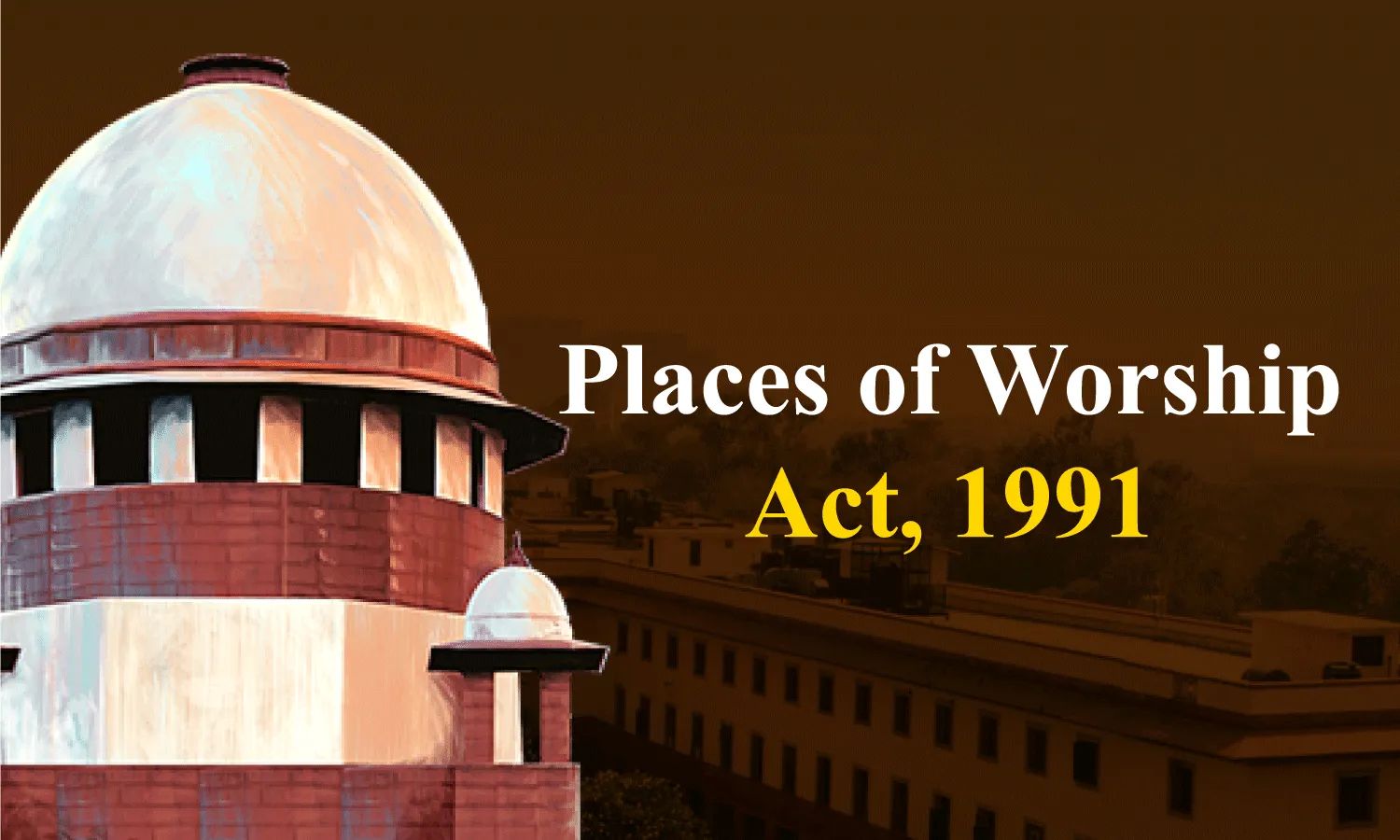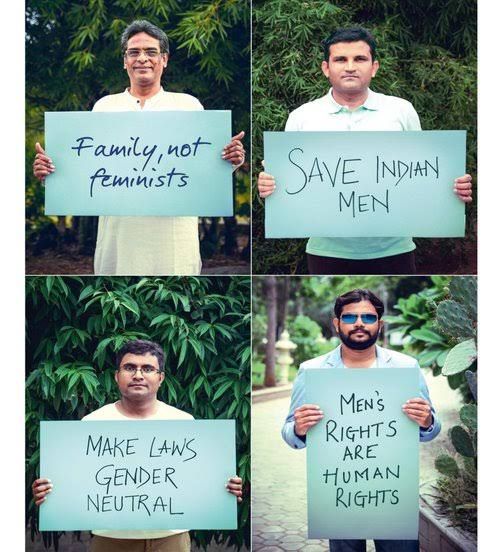Author: Arindam Chakravarty, Symbiosis law School, Hyderabad
To the point
The Places of Worship (Special Provisions) Act, 1991 is critically examined in this article, with particular attention paid to its statutory The structure constitutionality, and the scholarly and judicial controversy surrounding it. The article discusses the central legal question of whether the Act unfairly limits judicial remedies and violates fundamental rights guaranteed by Part III of the Constitution, notwithstanding its stated goal of maintaining community harmony. Two main arguments will be refuted in this article: (i) that the Act is necessary to maintain secularism, and (ii) that it forbids legitimate legal recourse for past wrongs. After reviewing the statutes, case law, and ongoing Supreme Court cases, it will assess whether the Act complies with the basic structure concept and constitutional morality.
Abstract
India, a land of diversity and cultural pluralism, has always kept faith at its highest level. India’s interplay of history, religion and identity has posed challenges to its secular fabric. One of the move towards harmony was the places of worship act of 1991. During the Ram Janmabhoomi- Babri masjid incident, a violent movement took place in the country where two major faiths in the country revolted against each other in the name of faith and mazhab. The act aimed at protecting the religious sites as they were on 15 August 1947; the main aim was to preserve the status of these religious sites and, to protect the spiritual character of the site.
Since its inception, the act has gained an excellent level of discussion; the act supposed to bring communal harmony between the major faiths has now become a topic of controversial debate. Hindu believers believe that it unfairly limits Hindus, Jains, and Buddhists from regaining sites of worship that were once converted, which eventually hampers religion. On the other hand. On the other hand, secularist and minority groups view the act as an inherent part of safeguarding the secular fabric of the country and believe
it to be necessary for reducing communal conflict and promoting religious peace by preserving the present character of places of worship.
Use of legal jargon
Statutory Framework
Section 3 – Conversion Bar
“No person shall convert any place of worship of any religious denomination or any section thereof into a place of worship of a different section of the same religious denomination or of a different religious denomination or of a different religion.”
Section 4(1) prevents any change in the places of worship character from what it was originally at August 15, 1947.
Section 4(2): Ends all lawsuits and court cases that are still pending as of the commencement date.
The Ayodhya Ram Janmabhoomi-Babri Masjid issue is not included in Section 5..
The Indian parliament enacted the Places of Worship Act ( special provisions ) in 1991 to preserve communal harmony and religious character of places of worship as they existed on 15 August 1947. Section 3 of the act prohibits the conversion of any place of worship while section 4(1) requires that the religion of a place shall remain the same as it was on the day of independence. More importantly, Section 4(2) prevents the courts from having any jurisdiction to entertain any suit about change of religious character of such places. This restriction only does not apply to the Ram Janmabhoomi-Babri Masjid case, which was already under judicial consideration when the law was passed.
The Act sought to maintain secularism and communal peace during a politically sensitive timeframe. Critics suggest that the measures taken are overly restrictive, setting an absolute limit on judicial remedies, which has the practical effect of aggrieving litigants by preventing them from addressing legal grievances through legal action. The inability to remedy past injustices or evaluate claim disputes raises constitutional questions regarding the right to guarantee under Article 14, freedom of religion under Article 25, and freedom of religious affairs under Article 26 of the Indian Constitution.
The proof
Principal Challenge Grounds:
Article 14: Unequal treatment was violated by excluding Ayodhya alone and refusing others access to the legal system.
Articles 25 and 26 are violated when a religious denomination is denied the authority to repair or oversee houses of worship.
Article 32 violation: Constitutional remedies are limited when ongoing legal processes are abated.
Basic Structure Doctrine Violation: It is said to impede judicial review and the rule of law.
In 2020 came a petition, the case of Ashwini Kumar Upadhyay vs. Union of India, which questioned the Places of worship (Special Provisions) Act, 1991. In addition to bringing up important legal questions, the 2020 petition explores the fine line that separates religious concord, historical dissatisfaction and democratic ideals like equality, justice, and secularism. This case has become an important legal fight because it has highlighted the ongoing discussions over preserving religious sites and legal reparations for historical wrongs. The petitioner argues that the act strikes off the court’s power of judicial review, In doing so, the act turns into arbitrary legislation, and it also bars the communities from reclaiming their places of worship. Hence, it gives a green chit to the historical wrong that was done.
In 2022, the Supreme Court agreed to listen to the issue and issued a notice to the Union government, this led to the constitution of the five-judge bench in 2023, in front of which the constitutionality of the act was raised, fast forward to 2024, the supreme court stayed all the cases in lower courts that sought fresh surveys or challenged religious sites especially referencing Varanasi (Gyanvapi) and Mathura (KrishnaJanmaBhumi). This stay by the judiciary signals that the apex court acknowledges the sensitive nature of these disputes and the ramifications on public order
Case laws
The Ram Janmabhoomi Judgment in M. Siddiq (D) Thr. Lrs v. Mahant Suresh Das & Ors (2019) 11 SCC 1
The Ayodhya dispute’s unique status under Section 5 was recognized by the Supreme Court. SC noted that the state’s commitment to secularism is reaffirmed by the Places of Worship Act.
Union of India v. Ashwini Kumar Upadhyay: Writ Petition (Civil) No. 649/2020
The petitioner contests the Act’s constitutionality.
Argument: Even in cases where illegal conversions of places of worship took place before 1947, the Act prohibits remedies.
Union of India v. Ismail Faruqui (1994) 6 SCC 360
decided that the mere presence of any edifice has no bearing on the freedom to worship.This decision creates backdrop jurisprudence on religious liberties and places, even if it is not specifically related to the 1991 Act.
Conclusion
The Places of Worship Act 1991 remains a pivotal effort to restore and maintain communal harmony in the Indian landscape by preserving the religious character of places of worship as they were initially at independence. However, the reality is far away from peaceful and harmonious; the ongoing legal battles and calls for its repeal have put a dent in the secular character of Indian democracy; these have highlighted the legal complexities and sensitivities in addressing the historical wrongdoing that has been done to various communities. Supporters of the Act contend that it avoids the communal impact from pursuing centuries-old religious claims and preserves the secular structure of the Constitution, as upheld by the Supreme Court in the Ayodhya ruling. They contend that permitting such disagreements would promote religious revisionism and undermine public order.Opponents contend that the Act: violates the right to a judicial remedy by imposing a general retroactive prohibition, and it denies justice in situations where there is proof of illegal conversion or destruction of places of worship prior to 1947.The court’s forthcoming deliberations are expected to clear all the dark clouds of uncertainty on the act’s future and it’s implications
FAQS
1. What is the primary objective of the 1991 Places of Worship Act?
A: To avoid conversion and preserve the religious nature of all places of worship as they were on 15 August 1947.
Q2. Does this Act address the Ayodhya Ram Mandir dispute?
A: No, the Ram Janmabhoomi-Babri Masjid site is expressly excluded by Section 5.
Q3. For what reason is the Act being contested?
A: The petitioners contend that by excluding Ayodhya as an exception and refusing judicial recourse, it breaches Articles 14, 25, 26, and 32.
Q4. What can be proposal of change ?
A: One approach should be a case-to-case review rather than an absolute bar on legal recourse. Courts could be empowered to take into consideration those disputes that are backed by strong historical, archaeological and documentary evidence. This will ensure that frivolous claims are removed and the historically important claims are only entertained, especially in cases where an illegal conversion is seen.
Q5. Has its constitutionality been decided by the Supreme Court?
A: Not just yet. It is a sub judice matter.
Q6. Can religious sites that have been altered prior to 1947 be restored under the Act?
A: Not it does not . As of August 15, 1947, the status is frozen, and all claims of previous alteration or conversion are rejected.



